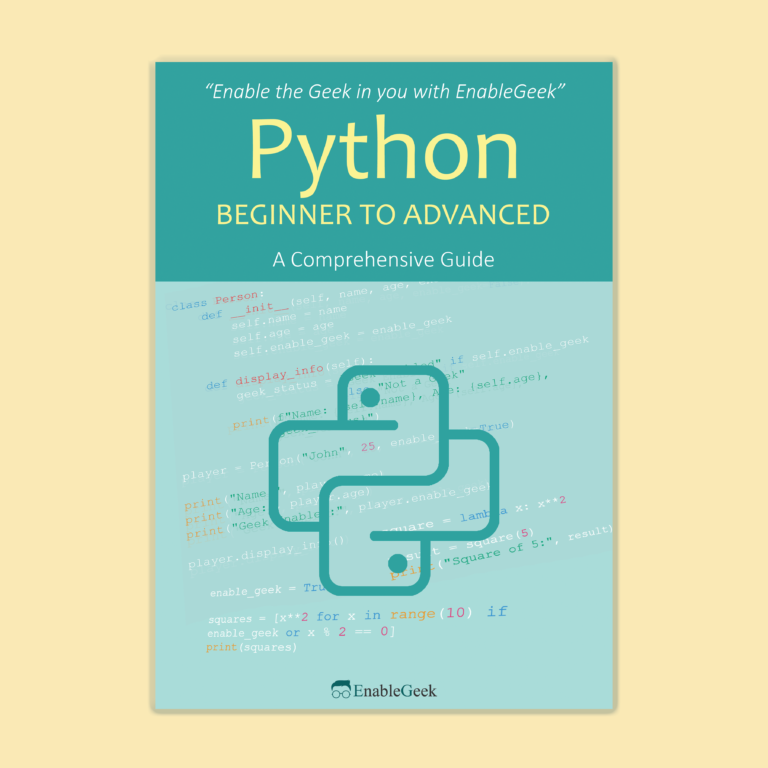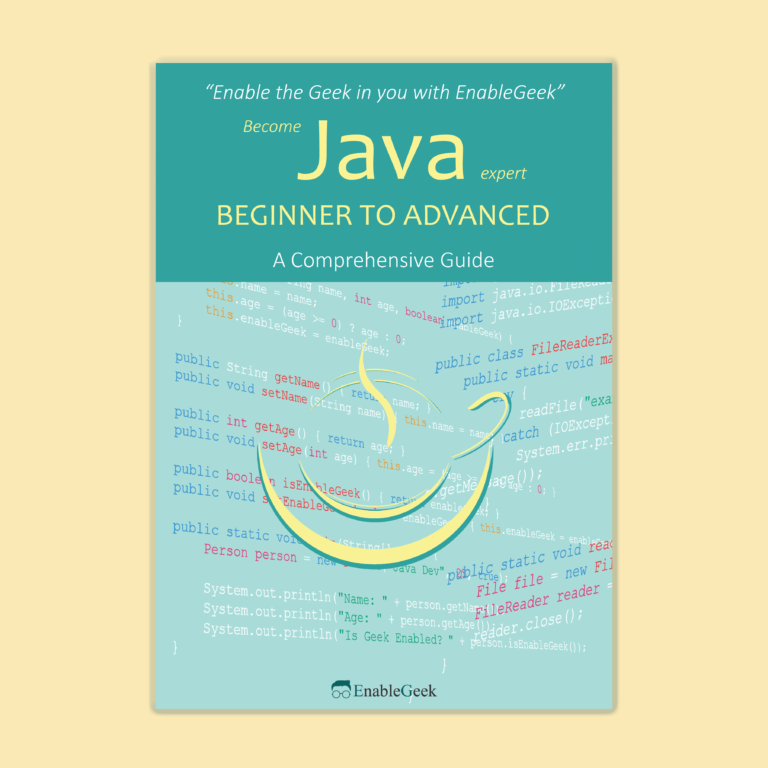What is a dictionary in python?
In Python, a dictionary is a collection of key-value pairs. It is an unordered and mutable data type, which means that the items in a dictionary can be changed, and the order of the items is not guaranteed to be the same as the order in which they were added.
A dictionary is defined by curly braces {} and key-value pairs are separated by colons. Here’s an example of how to create a dictionary in Python:
my_dict = {'name': 'John', 'age': 30, 'city': 'New York'}The keys in a dictionary must be unique and immutable, meaning they can’t be changed after they’re created. Common types of keys include strings, numbers, and tuples. The values in a dictionary can be any type of data, including other dictionaries.
You can access the values in a dictionary by using their keys, like this:
print(my_dict['name']) # Output: 'John'You can also add, modify or delete key-value pairs in a dictionary using the following methods:
- ‘my_dict[key]’ = value’: adds or modifies a key-value pair in the dictionary
- ‘del my_dict[key]’: delete
Merge two dictionary
In Python, you can merge two dictionaries in a single expression using the ‘update()’ method or the ‘**’ operator. The ‘update()’ method: This method updates the first dictionary with the key-value pairs from the second dictionary. You can use the ‘update()’ method on the first dictionary and pass the second dictionary as an argument.
1. The ‘update()’ method: This method updates the first dictionary with the key-value pairs from the second dictionary. You can use the ‘update()’ method on the first dictionary and pass the second dictionary as an argument.
dict1 = {'a': 1, 'b': 2}
dict2 = {'c': 3, 'd': 4}
dict1.update(dict2)
print(dict1) # Output: {'a': 1, 'b': 2, 'c': 3, 'd': 4}2. The ‘**’ operator: This operator can also be used to merge two dictionaries, it’s also known as the “unpacking” operator. You can use the ‘**’ operator on the first dictionary and pass the second dictionary as an argument.
dict1 = {'a': 1, 'b': 2}
dict2 = {'c': 3, 'd': 4}
merged_dict = {**dict1, **dict2}
print(merged_dict) # Output: {'a': 1, 'b': 2, 'c': 3, 'd': 4}3. You can also use the dict() constructor and pass a list of key-value pairs, the key-value pairs can be from multiple dictionaries.
dict1 = {'a': 1, 'b': 2}
dict2 = {'c': 3, 'd': 4}
merged_dict = dict(list(dict1.items()) + list(dict2.items()))
print(merged_dict) # Output: {'a': 1, 'b': 2, 'c': 3, 'd': 4}In python 3.5+ you can use the | operator to join two dictionaries
dict1 = {'a': 1, 'b': 2}
dict2 = {'c': 3, 'd': 4}
merged_dict = dict1 | dict2
print(merged_dict) # Output: {'a': 1, 'b': 2, 'c': 3, 'd': 4}Please keep in mind that if both dictionaries have the same keys, the second dictionary will overwrite the values of the first dictionary.



